Porsche 911 2019 [Carrera, Carrera S, 4, 4S]
-
Contenuti simili
-
Porsche 7 seat Sport Luxury Crossover 2027 - Prj. K1 (Spy) 1 2 3 4 9
Pubblicato da __P,
- porsche
- porsche spy
- (e 1 altro in più)
- 80 risposte
- 9846 visite
-
- 10 risposte
- 1764 visite
-
Porsche Taycan 2024 1 2
Pubblicato da Osv,
- porsche taycan sport turismo
- taycan 2024
- (e 11 altri in più)
- 18 risposte
- 2423 visite
-
-
-





.thumb.jpg.d20c5008a881490f9c7f843d442a34f8.jpg)


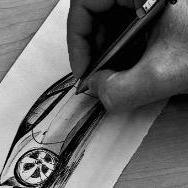





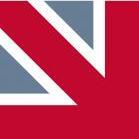





.thumb.jpg.4ff109755894c3c33aafab6b2d0daf4d.jpg)
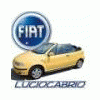

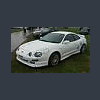
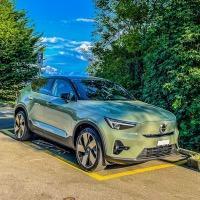

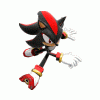
Messaggi Raccomandati:
Crea un account o accedi per lasciare un commento
Devi essere iscritto per commentare e visualizzare le sezioni protette!
Crea un account
Iscriviti nella nostra community. È facile!
Registra un nuovo accountAccedi
Sei già registrato? Accedi qui.
Accedi Ora